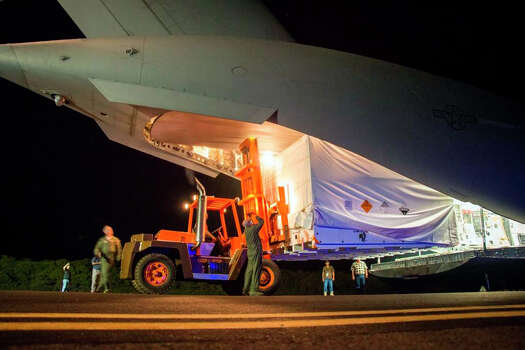 |
| NASA-launched student balloon |
Excerpt from chron.com
For the first time in 50 years, microphones attached to a
NASA-launched student balloon have captured strange hisses, crackling
sounds and faint whistling.
Researchers aren’t sure what the sounds are but have some guesses:
Signals from a wind farm under the balloon’s flight path, crashing ocean
waves, wind turbulence, gravity waves and vibrations caused by the
balloon cable, according to Live Science.
The balloon, which flew above New Mexico and Arizona on Aug. 9, 2014, was part of High Altitude Student Platform, conducted by NASA and the Louisiana Space Consortium and designed to foster student excitement in aerospace careers.
Daniel Bowman, a graduate student at the University of North Carolina
at Chapel Hill, designed and built the equipment, Live Science
reported.
Bowman told Live Science he was surprised at the complexity of the
“infrasounds,” which are very low-frequency counds that cannot be heard
by human ears but can be speeded up to make them audible.
During its nine-hour flight, Bowman’s balloon reached a height of
more than 123,000 feet (more than 23 miles), a record altitude for
infrasound experiments, according to Live Science. The region is “near
space” — above where airplanes fly but below the 62-mile marker at the
top of the stratosphere.
Bowman said he hoped the results would help revive interest in
atmospheric infrasound, which peaked in the 1960s as a way to detect
nuclear explosions.
“There haven’t been acoustic recordings in the stratosphere for 50
years,” he told Live Science. “Surely, if we place instruments up there,
we will find things we haven’t seen before.”
Source Article from http://feedproxy.google.com/~r/AscensionEarth2012/~3/QUz79D8poQI/nasa-student-balloon-captures.html
NASA student balloon captures mysterious sounds 23 miles above the Earth
No comments:
Post a Comment